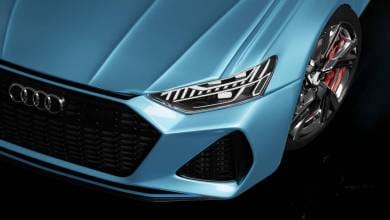History of the Monte-Carlo Rally “and all that Jazz”
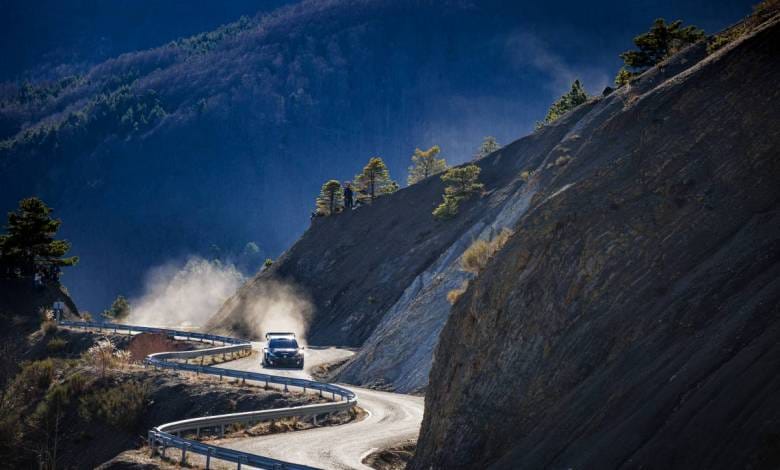
You get the picture when the rally driver voted the second greatest of all time was so intimidated by the harsh conditions of the Monte-Carlo Rally, he gave up racing it. He had tried and almost succeeded but never actually won the jewel in the crown of all rallies. Scottish driver Colin McRae, a World Champion rally driver was also once voted the second greatest rally driver in history after Sébastien Loeb and he so wanted to win the Monte-Carlo Rally but never could. This is what he had to say:
“I don’t think we should be expected to drive flat out in the conditions that Monte-Carlo provides… In this day and age I think people would think you were crazy driving at 100mph on a mountainside with snow and ice on slick tyres”.
The unpredictable Monte-Carlo Rally conditions test the greatest of the world’s aces
Some of the characteristics of the Rallye Monte-Carlo in its early days were tough weather and road conditions, because in the winter time on special stages there were always snow and ice combined with dry asphalt in the area of Monte-Carlo and southeast France, especially in the mountains around the city. These features turned Rally Monte-Carlo into an unpredictable and exciting event, with a challenging tyre-gamble for every driver, so the winner can’t be predicted until the final stages.
After all these years, the cars remain very diversified, and even with climate-change, the conditions of modern Rallye Monte-Carlo are as capricious as fifty or a hundred years before, and that makes this event so magical and beloved among drivers and spectators alike.
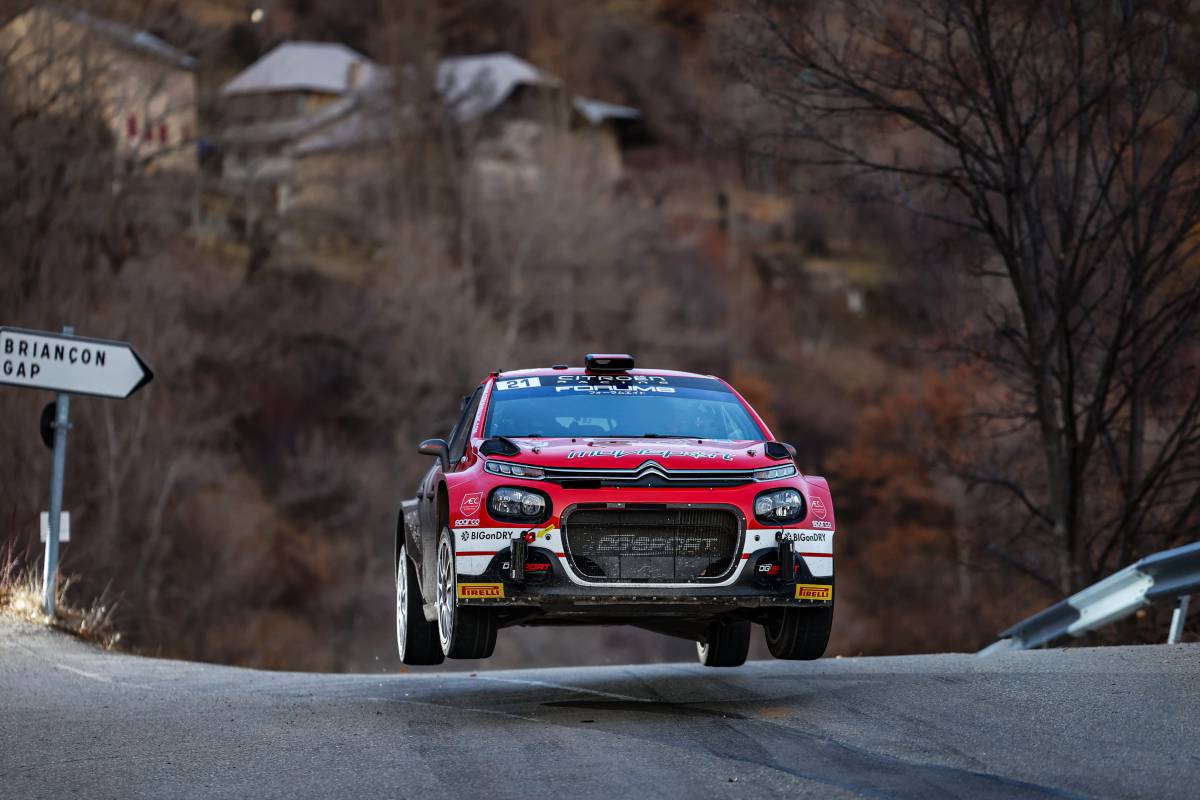
A Little History
The word ‘rally’ comes from the French word ‘rallier’ — to gather or congregate. For the first time this term, firmly established in the everyday life of modern sports, appeared in 1911 at a competition in Monaco held by the Monaco Automobile Club by order of Prince Albert I. Two men are today considered to have that distinction be the creators of the Monte-Carlo Rally with the enthusiastic support of Prince Albert I. They were Gabriel Vialon and Antony Noghès. Yes it’s that name Noghès again also famous for his role in creating the Monte-Carlo Grand Prix in 1929.
But you would be surprised in what form the Rally originally took shape. It is a miracle it survived! It was conceived as a “Concentration Rally” where talented car enthusiasts would converge on Monte-Carlo from cities all over Europe and beyond. In January 1911, 23 crews started from eleven different points in Europe, and only fifteen reached the finish line.
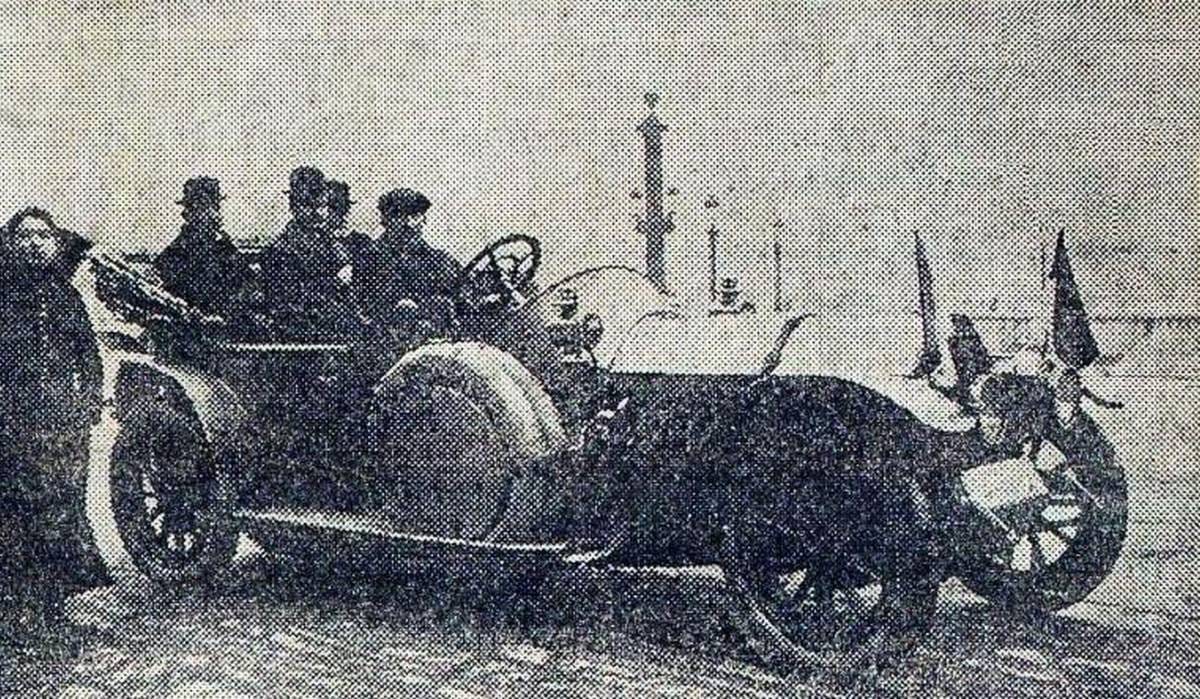
That and how it scored the winner almost sunk it in the first year. A certain Captain Karl Friedrich Von Esmarch, a German, was much aggrieved, having thought he had won this first Monte-Carlo Rally. On the basis of starting from Berlin he was the first to arrive at Monaco with the best average of 22,6 km/h. His “quasi-win” was over-turned in favour of French driver Henry Rougier who won via a point-scoring system capable of confusing Einstein. So Henri Rougier, a racing driver, a cyclist, an airplane pilot and a representative of the French car manufacturer Turcat-Méry, made history as the first winner of the Monte-Carlo Rally.
So what was the bewildering 1911 Scoring System?
Points Attribution:
• 1 point per km/h with a ceiling of 25 km/h
• 1 point for each 100 km covered
• 2 points per passenger transported, including the mechanic, excluding the driver
• 0 to 10 points for the degree of comfort of the transported people, the luggage being an element of appreciation!
• 0 to 10 points for the elegance of car
• 0 to 10 points depending on the state of the frame on arrival
• 0 to 10 points depending on the aesthetic appreciation of the body.
In any case the Rally not only survived but thrived. The second year saw the entrants virtually quadruple from 1911’s original 23 entrants.
There has always been a tussle between the founding concept of a “Concentration Rally” from European cities including places as far apart as Minsk, Warsaw and Glasgow versus rally drivers winning breathtaking stages together with a race-ending thriller over mountain passes at the footsteps of Monaco. The Concentration Run was still going in the 80s, but the racing thriller had to win out. The search for snow and varied terrain also takes “the thriller” to the high Alps often involving Gap and Valence to encompass 14 mountain passes to navigate along 17 special stages across five French departments.


Famed Cars and Drivers
At the beginning the Monte-Carlo Rally did not attract the most famous carmakers, so it was some little-known brands who used to win (such as the French Turcat-Méry). Later, the name recognition of the Monte-Carlo Rally became so powerful that Motor Car manufacturers will do anything to win it to promote the supremacy of their brands. In the early 1960s, such brands as Saab, Mini, Porsche, Lancia, etc. started taking part in the competition.
So when the modern era of the Monte-Carlo Rally began in 1962 Erik Carlsson, nicknamed “Mr. Saab” for his exclusive use of Saab cars, secured consecutive wins in 1962 and 1963. In 1964, the legendary Mini Cooper, driven by Paddy Hopkirk, triumphed, and the following year saw a repeat of the Mini’s prowess with another victory by Timo Mäkinen. Then came the victory era for Mini Cooper, though in 1966 another scandal broke out, this time a technical one. The first four finishers (three of them driving Mini Coopers) were disqualified for using quartz iodine incandescent lamps in the headlights which were not allowed by regulations. The first place suddenly passed to the fifth-place finisher Pauli Toivonen driving Citroën. Prince Rainier III of Monaco was annoyed by the judges’ decision and promised to cancel the rally forever (fortunately, later he changed his mind).
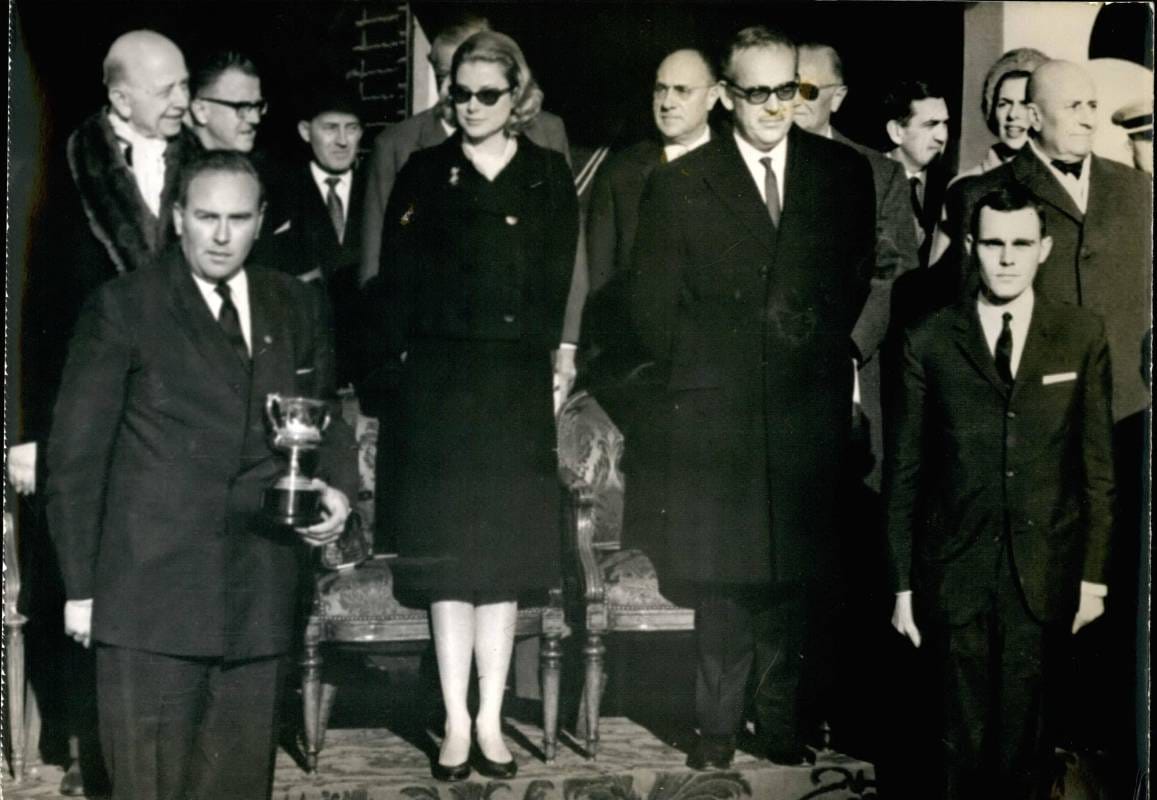
The advent of the World Rally Championship created by the FIA in 1973 marked a significant milestone for the Monte-Carlo Rally that became the WRC first race. Sandro Munari’s domination followed, with his Lancia Stratos HF securing three consecutive wins from 1975 to 1977. Walter Röhrl’s era began in 1980. He was the first pilot to win 4 world-class rallies in 4 different cars: Fiat, Opel, Lancia, Audi.
The late 1990s and early 2000s were successful for Japanese manufacturers: from 1997 to 2002, they were Mitsubishi, Subaru and Toyota who won the Monte-Carlo Rally. Tommi Mäkinen marked his presence in a Mitsubishi with three consecutive victories in the period 1997 to 2001 (1999, 2000, 2001) … winning in 2002 also with a Subaru Impreza.

Sébastien Loeb’s reign began in 2003, amassing seven wins in a Citroёn, setting a new record. Sébastien Ogier followed suit in 2014, clinching multiple victories with different teams. He has become the second pilot (after Walter Röhrl) who would win the Monte-Carlo Rally in 4 different cars — Volkswagen, Ford, Citroën and Toyota.
The Two Sébs
Many consider Sébastien Loeb, the French race-car driver as the greatest rally racer of all time, having won a record nine World Rally Championship (WRC) titles (2004–2012) and second only to Ogier for Monte-Carlo Rally wins. In Monte-Carlo Ogier formally has the edge but you decide which of the two emerges as the greatest. It’s a close thing.
So what happened in 2022 when “the two Sébs” came head to head..? With two stages of the rally to go, Ogier had a lead of 24.6s. The champagne was making its way towards the ice. This one was as good as in the bag. That was until the Pirelli PZero tyre on the front-left of the Frenchman’s car was emptied of air. Loeb, catapulted back into the lead again, would start the final test with 9.5s in hand. The fairy tale was back on.
In just over eight and a half minutes it was delivered. Monaco’s harbour was rocked by the cheer that went up as Loeb crossed the line. Ogier and Toyota in contrast were stunned…
The 47-year-old Sébastien Loeb not only won his 80th WRC victory but also became the oldest World Rally Championship stage winner in history. Loeb’s codriver, Frenchwoman Isabelle Galmiche, became the first female codriver in 25 years to win a WRC race. So the legendary pilot and the math teacher taught a lesson to their rivals, most of whom are old enough to be their sons…

Biggest Winners of the Monte-Carlo Rally and other stars
But don’t discount Sébastien Ogier who won the Monegasque title for the ninth time in 2023. A record. This put the eight-time world champion ahead of Sébastien Loeb with his eight victories in Monaco.
Walter Röhrl from Germany, Tommi Mäkinen from Finland (both with four victories to their name), Didier Auriol from France and Carlos Sainz from Spain (three wins each) have also carved their names on this storied trophy.
The Monte-Carlo Rally, the world’s oldest and most renowned rally race, has not only left its mark on the world of motorsport but also etched itself into popular culture, business, and, of course, cinema with lavish all-star films like ‘A Man and a Woman’ (1966), ‘Monte-Carlo or Bust!’ (1969) with its working title ‘The Monte-Carlo Rally and All That Jazz’ and ‘Herbie Goes to Monte-Carlo’ (1977).
Over the years, many famous persons competed in the Monte-Carlo Rally. Among them are the actor Jean-Louis Trintignant, the rock star Johnny Hallyday, the two-time Olympic champion in alpine skiing Henri Oreiller, the most famous French stuntman Remy Julien, who performed in Fantomas and James Bond movies, as well as Daniel Ducruet, father of Louis and Pauline Ducruet.

Monte-Carlo Rally 2024: Neuville Denies Ogier’s 10th Victory in Epic Showdown
The 92nd Monte-Carlo Rally unfolded with high expectations of Sébastien Ogier clinching his 10th win, setting the stage for an intense battle among top-notch rally drivers.
In the unfolding drama of the Rally, Thierry Neuville emerged as 2024’s dominant force, denying Ogier the coveted 10th win. Despite Neuville facing an engine issue and Ogier staging a spirited comeback, the Belgian driver showcased resilience, outclassing Ogier in the decisive Stage 14 and securing a substantial lead.
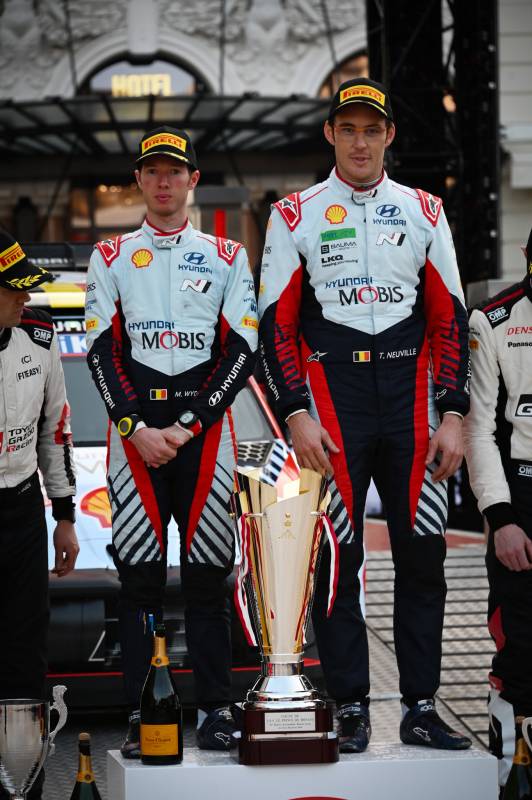
Neuville’s stellar performance earned him the maximum 30 points, including bonus Power Stage points, propelling him into the 2024 championship lead. Ogier, now turned 40 years old, while displaying a valiant effort, conceded defeat in the face of Neuville’s remarkable showing.
One more Monte-Carlo Rally win for Ogier might have raised a challenge to Sébastien Loeb’s GOAT standing. Loeb himself has turned 50 in 2024. Is time running out for Ogier to be the definitive GOAT?
Famed Monegasque Winners
Did you know that the Monte-Carlo Rally has been won by one of the most famous Monegasque names in motor history? You will be able to guess when I tell you he also is a Monegasque winner of the most famous Grand Prix race in the world … the Monaco Grand Prix. Yes, you guessed it, Louis Chiron who set three records with one Monte-Carlo Rally victory.
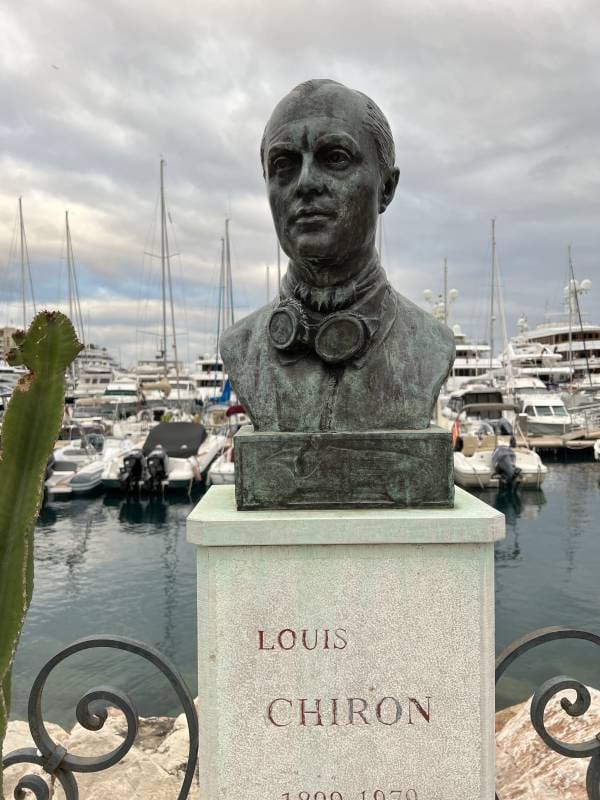
Louis Chiron who won in 1954 was not only the first Monegasque winner, but also the oldest winner aged 54, and the first former winner of the Monaco Grand Prix to win Rallye Monte-Carlo. Three-in-one!
Monegasques have also distinguished themselves in the modern era of the Monte-Carlo Rally breaking records as well as in the World Rally Championship. Remember this name, it is Daniel Elena. This is a name not so often sung from the rooftops as Louis Chiron or Charles Leclerc for that matter but he has excelled at the very apex of Rally Racing.
Monaco’s own Daniel Elena also known as “Danos” was Sébastien Loeb’s faithful co-pilot for his seven wins in the “Monte”, between 2003 and 2013. Between Monegasque Danos and Sébastien Loeb, the pair have also won the World Rally Championship (WRC) nine times with Citroën, later competing with Hyundai. Their 79 wins together make Danos the co-driver with the most victories in the history of the WRC.

